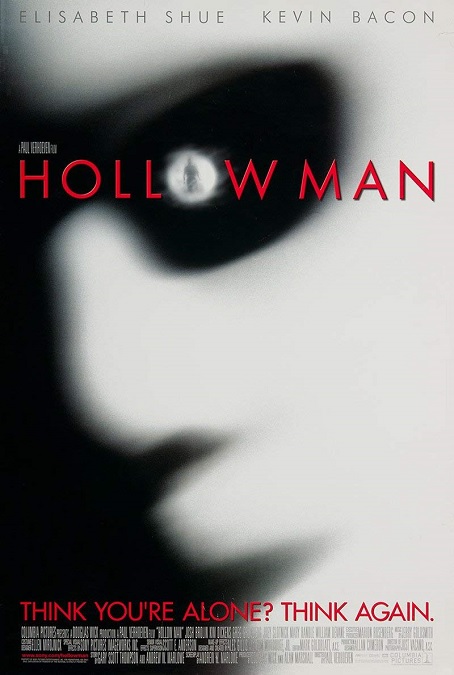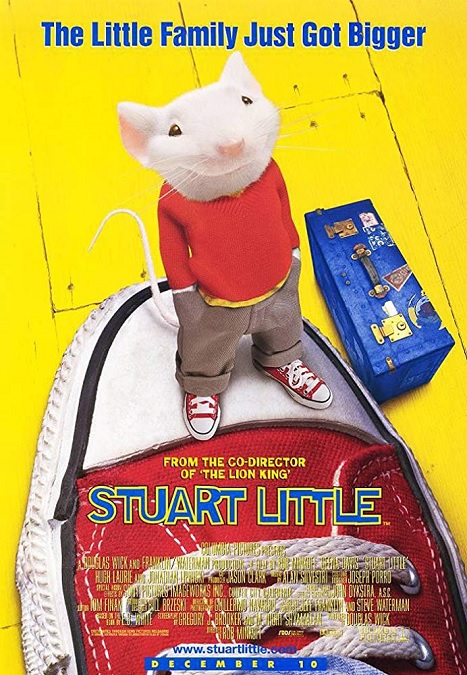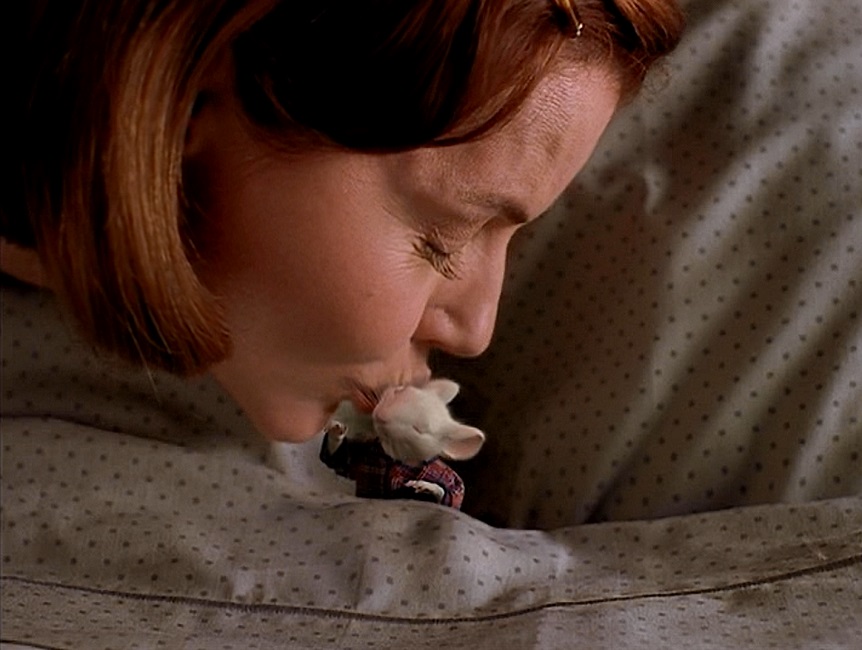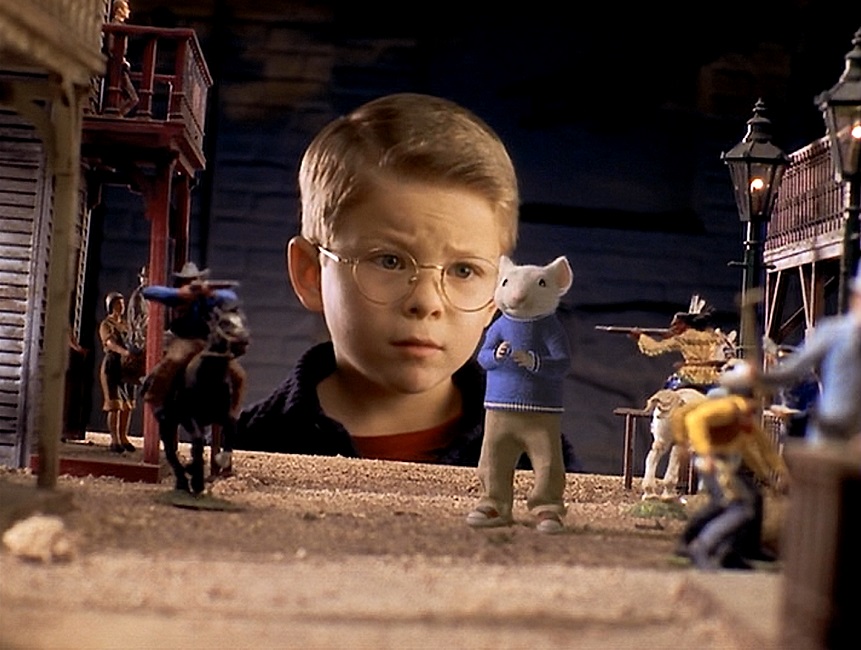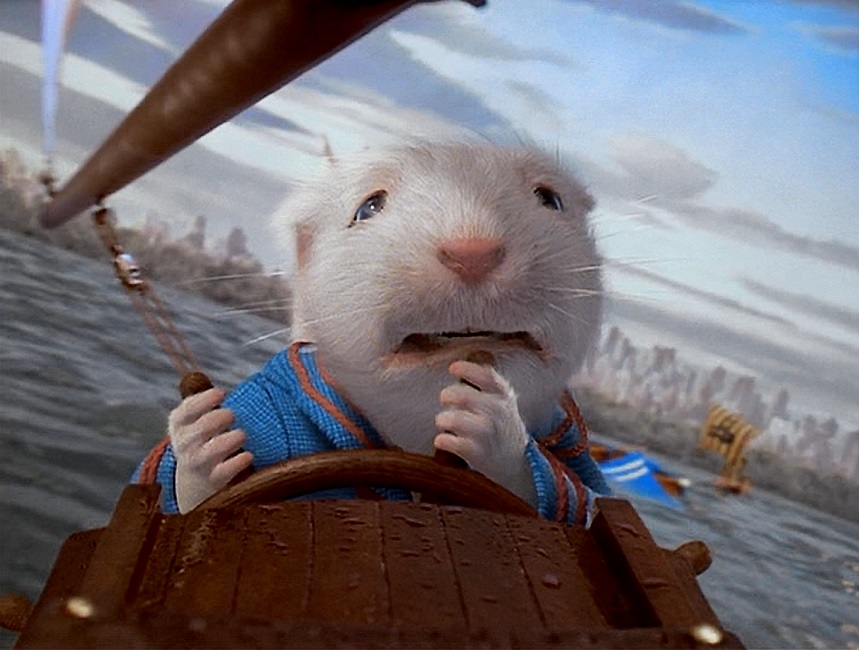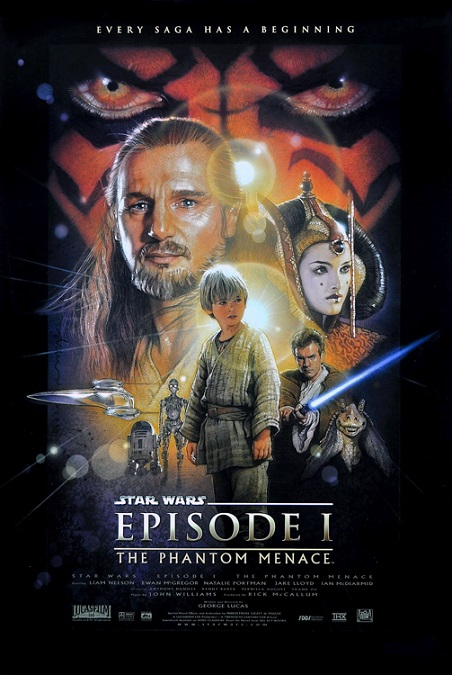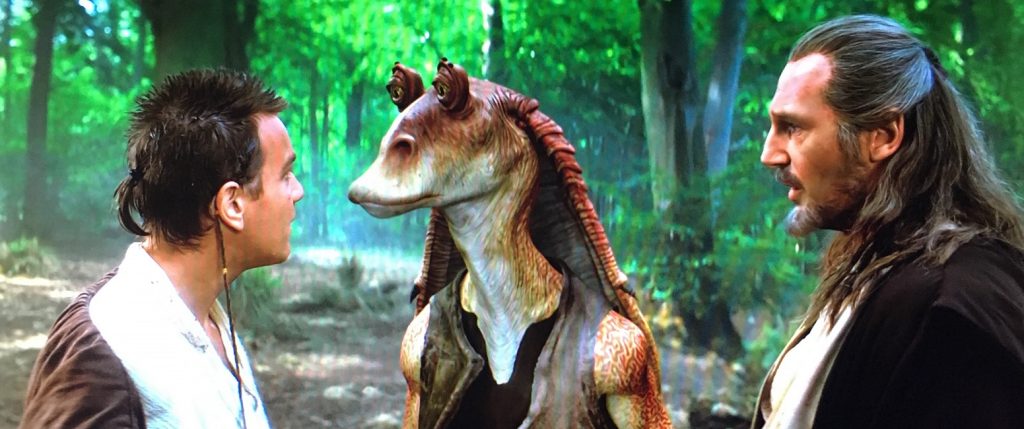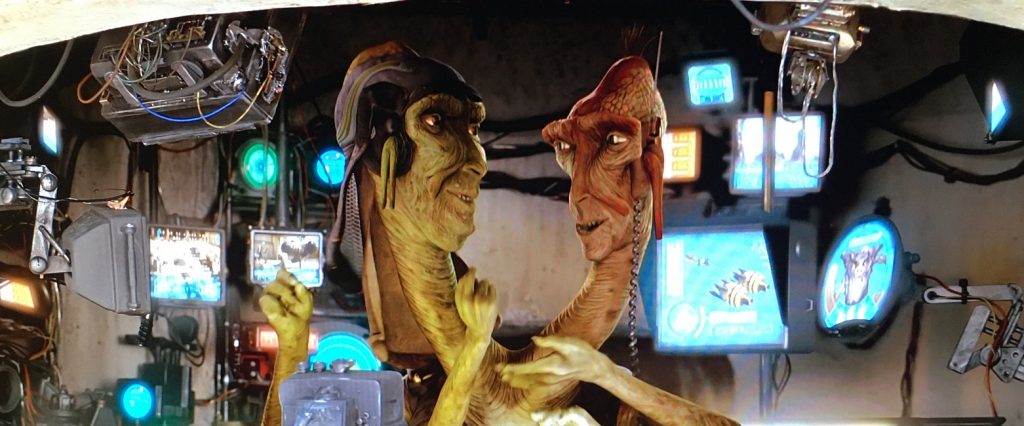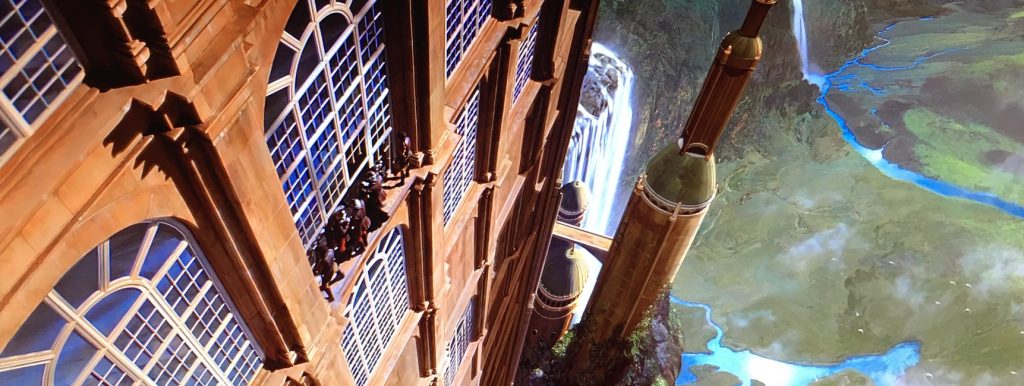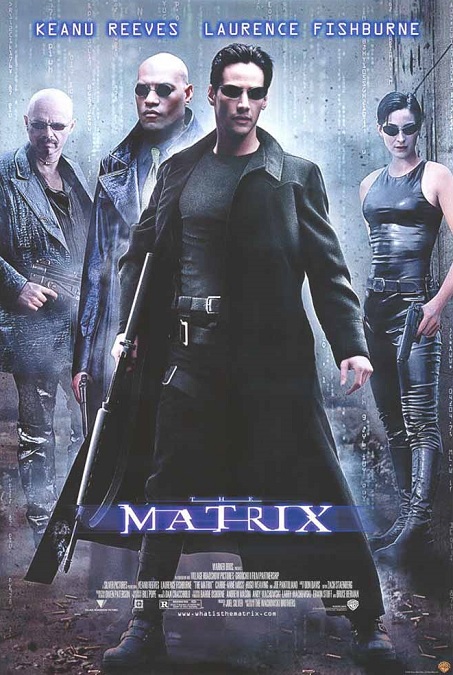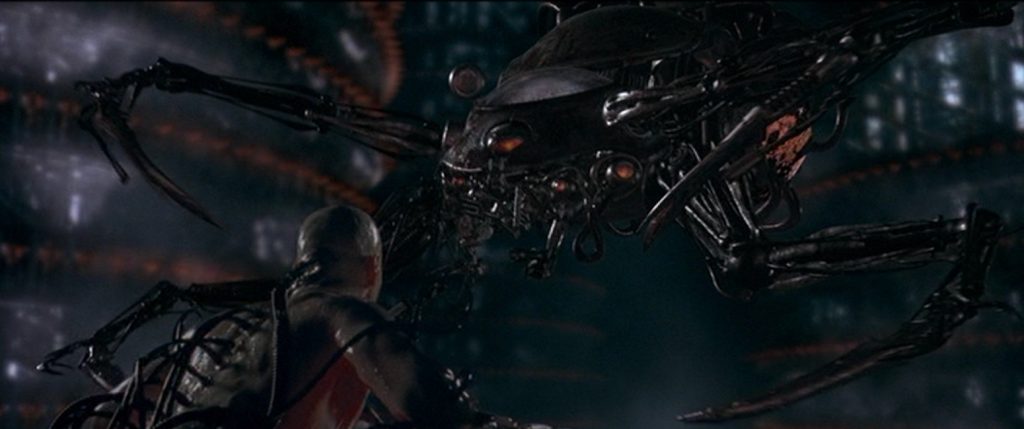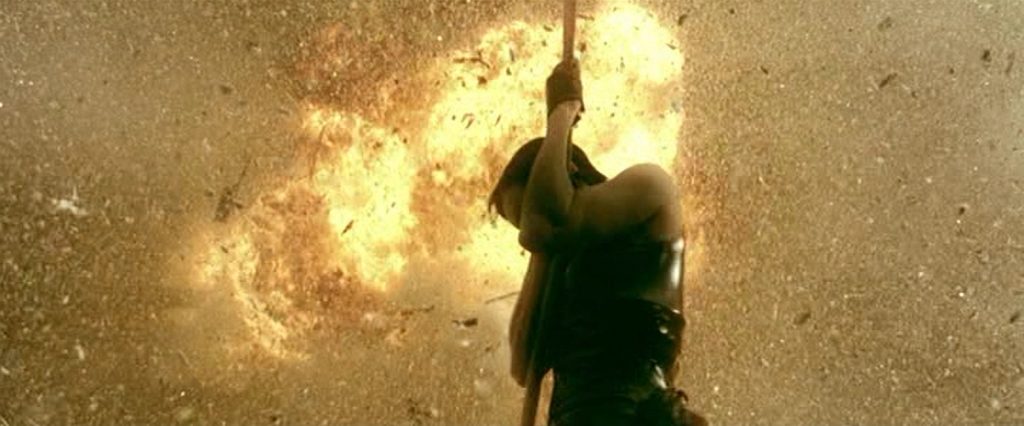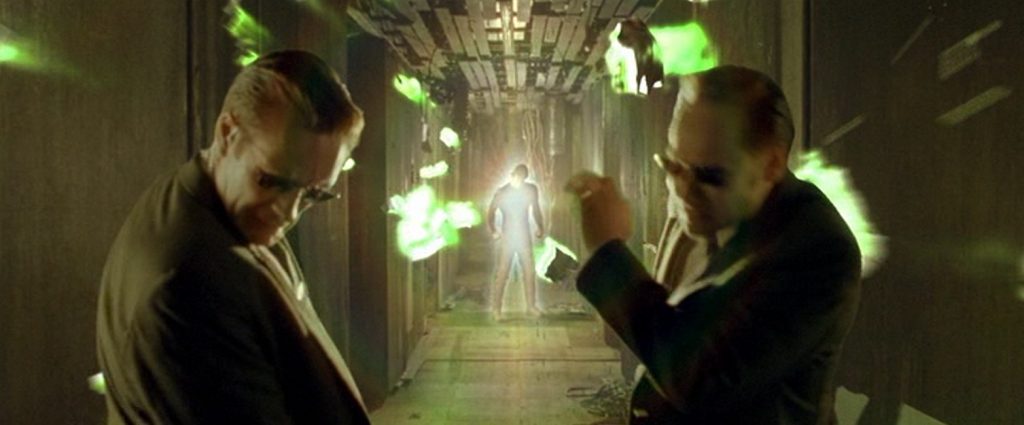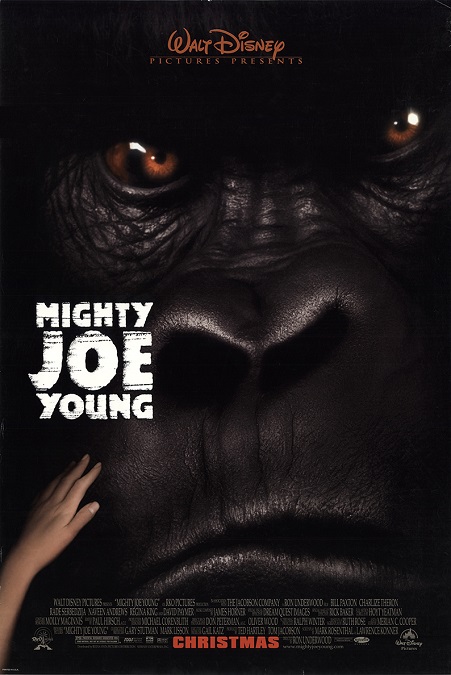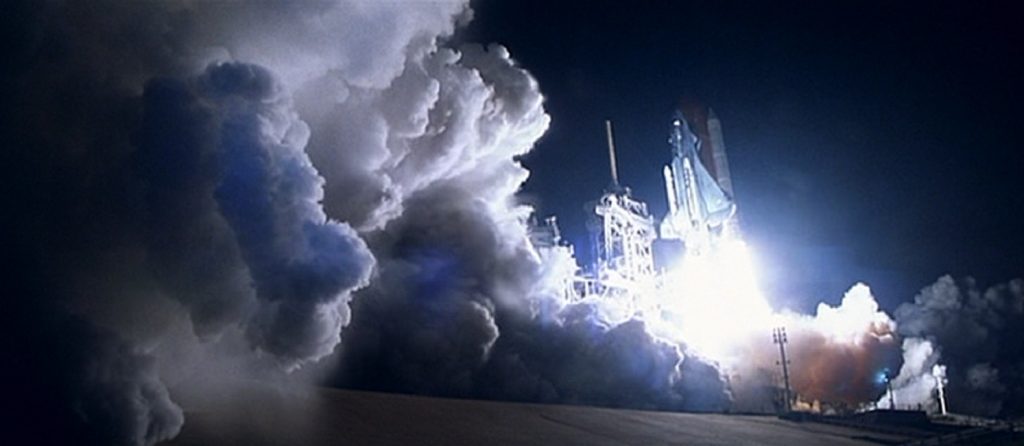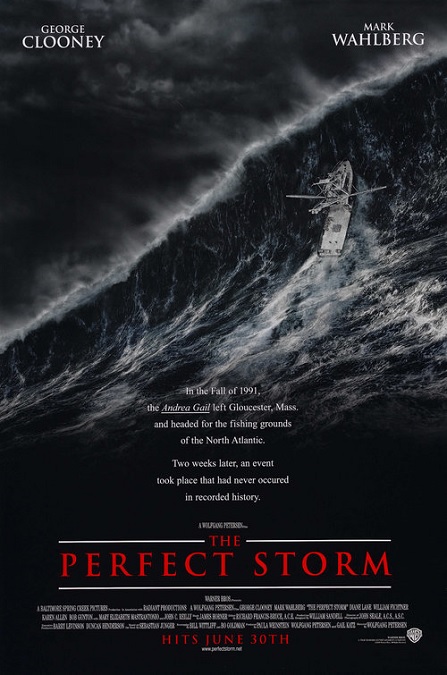
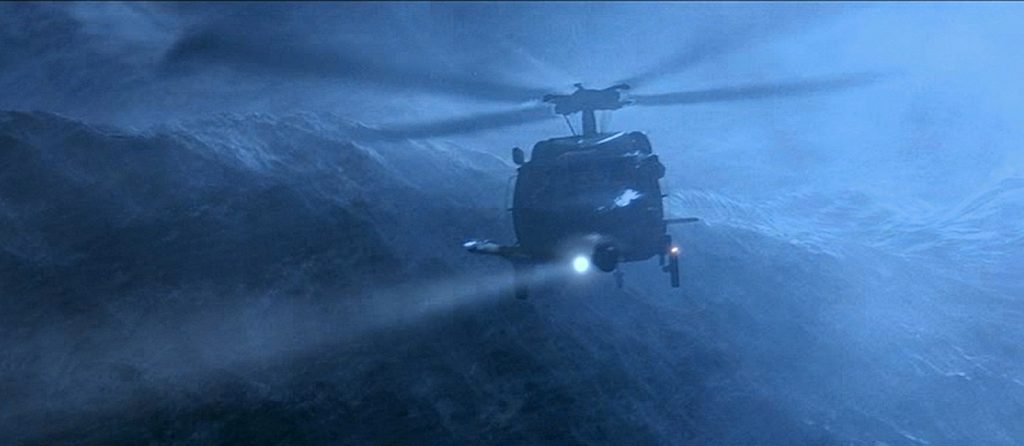
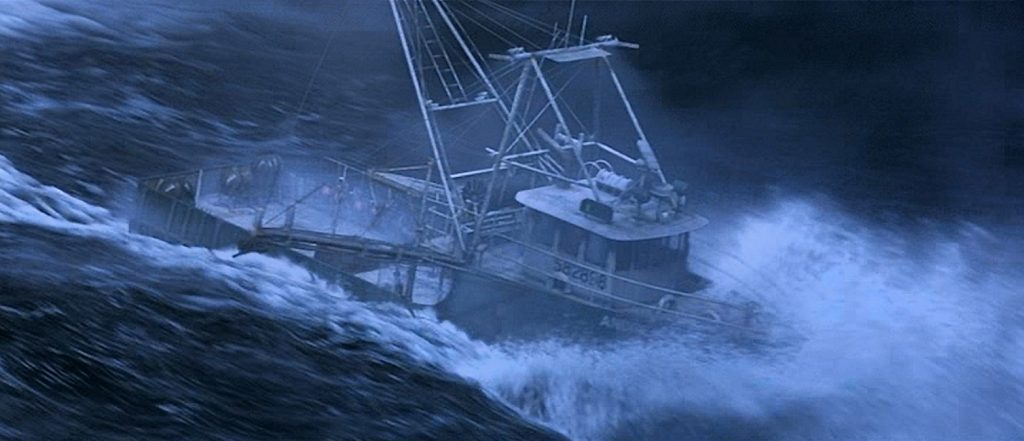
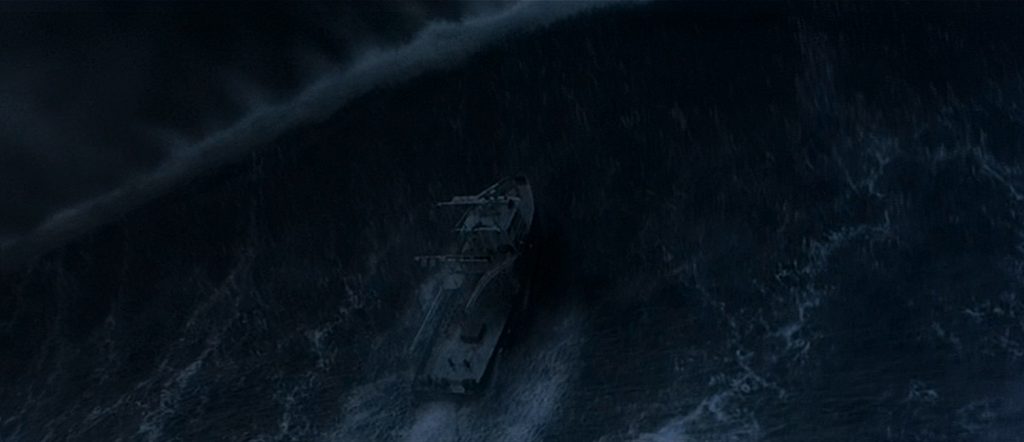
The Perfect Storm – 2000

I’m going to admit that I didn’t have the highest expectations for this movie as a whole, and consequently, its special effects. But I was surprised by both the film and its effects. As you might expect, most of the effects focused on the storm. Giant, one hundred foot waves that did their best to crush the stalwart fishing vessel, the Andrea Gail, loomed large on the screen like the sentient, killer tornadoes in the movie Twister, and there’s no doubt about it. They were pretty darn impressive. And why not? It was the same special effects team that worked on both movies.
A handful of scenes were filmed in a real boat on calm waters, but once the two storm fronts collided with the hurricane, the filming was taken into a specially made tank with a life-sized recreation of the boat attached to a gimbal so that it could be turned and held at a variety of angles. The documentary featurette included with the DVD said that the tank that they had built was the largest tank ever built for a film on Warner Brothers Studios.
The storm scenes were dark and ominous, whether the scene took place in the daytime or the night. The black waves were only visible because of the white foam and the frequent flashes of lightning. The way the big boat was tossed about like a child’s toy was impressive. I learned that the visual effects artists created most of the raging ocean waves digitally, using software that created an ocean surface with fluid dynamics. According to a 2006 ABC News article by David Morgan, “Several artists or teams of artists would be responsible for separate elements in a given shot: the waves, the boat, the lighting on the boat, foam, spray, rain, lightning and reflections on the surface.”
Then the images of the boat in the tank were combined with the CGI waves so seamlessly that it appeared to be one single image in furious motion. Pretty spectacular, guys. And it wasn’t just the Andrea Gail. There was a smaller boat that had three people on board, all of whom were rescued by a pararescue team. There was a whole subplot where the rescue helicopter ran out of fuel, and could not refuel in mid-flight. The helicopter went down, and crashed into the killer waves. The crew was then stranded in the turbulent ocean and had to be found and pulled out of the water by a Coast Guard vessel.
And just in case anyone might be wondering, yes, the swordfish that were caught and fished out of the water were all animatronic animals. So was the shark. No real fish were harmed during the making of this movie. So here we have yet another case of an otherwise average movie that was elevated to pretty good because of the impressive special effects. It’s just one more reason I really enjoy the Special Effects category.
